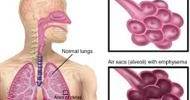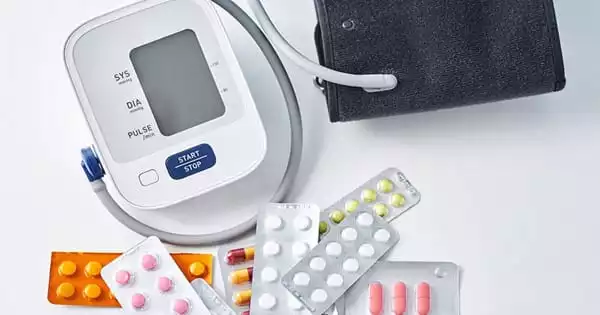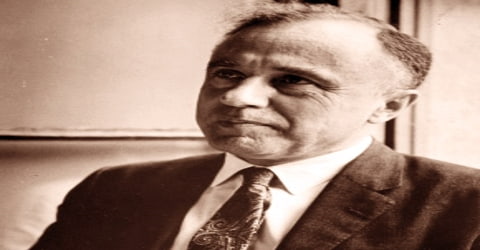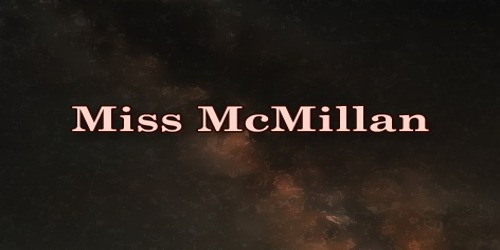Atrial Flutter
Definition
Atrial flutter is similar to atrial fibrillation, a common heart rhythm disorder. It is usually associated with a fast heart rate (100 or more heartbeats per minute), and is classified as a type of supra-ventricular tachycardia. It is a health condition (arrhythmia) where the atria of the heart as an electrical problem (a re-entry loop) that causes the atria to beat at a rapid rate of about 242 – 360 beats per minute (bpm).
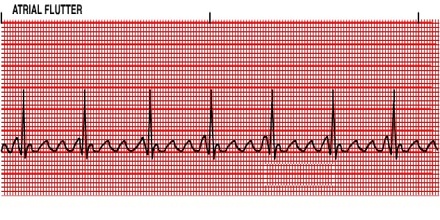
Atrial flutter was first identified as an independent medical condition in 1920 by the British physician Sir Thomas Lewis (1881–1945) and colleagues. The main danger of atrial flutter is that the heart does not pump blood very well when it is beating too fast.
- Vital organs such as the heart muscle and brain may not get enough blood.
- This can cause them to fail.
- Congestive heart failure, heart attack, and stroke all can result.
Atrial flutter can come and go; it is then known as paroxysmal atrial flutter. An episode of atrial flutter usually lasts hours or days. Less often, atrial flutter is more or less permanent and is known as persistent atrial flutter.
There are two types of atrial flutter, the common type I and rarer type II. Most individuals with atrial flutter will manifest only one of these.
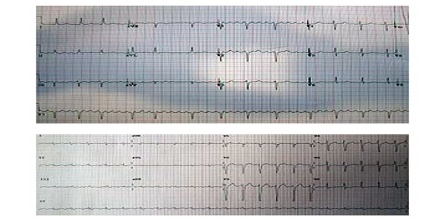
Type I atrial flutter, also known as common atrial flutter or typical atrial flutter, has an atrial rate of 240 to 340 beats/minute. However, this rate may be slowed by antiarrhythmic agents. It is further divided into two subtypes, known as counterclockwise atrial flutter and clockwise atrial flutter depending on the direction of current passing through the loop.
Type II flutter follows a significantly different re-entry pathway to type I flutter, and is typically faster, usually 340-440 beats/minute. Left atrial flutter is common after incomplete left atrial ablation procedures.
Causes, Sign and Symptoms of Atrial Flutter
Atrial flutter may be caused by abnormalities or diseases of the heart, by a disease elsewhere in the body that affects the heart, or by consumption of substances that change the way electrical impulses are transmitted through the heart. Atrial flutter can sometimes go unnoticed; its onset is often marked by characteristic sensations of regular palpitations. Such sensations usually last until the episode resolves, or until the heart rate is controlled.
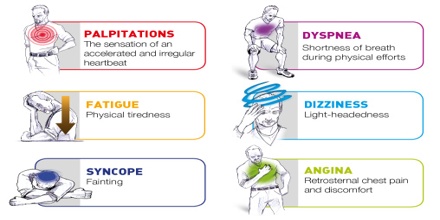
The electrical signal that causes atrial flutter circulates in an organized, predictable pattern. This means that people with it usually continue to have a steady heartbeat, even though it is faster than normal. Although a few people have no symptoms, common clinical symptoms of this arrhythmia are as follows:
- Palpitations (feeling of heart beating or pounding)
- Fatigue
- Shortness of breath (usually mild)
- Pre-syncope (feeling like you going to faint)
- Lightheadedness
- Blurry vision
Less common but more serious symptoms of this flutter arrhythmia include chest pain, more severe shortness of breath, and fainting.
Treatment of Atrial Flutter
The goals of treatment for atrial flutter are to control the heart rate, restore normal sinus rhythm, prevent future episodes, and prevent stroke.
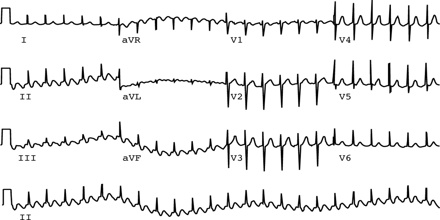
- Control rate: The first treatment goal is to control the ventricular rate.
- Restore and maintain normal sinus rhythm: Some people with newly diagnosed atrial flutter convert to normal sinus rhythm spontaneously in 24-48 hours. The goal of treatment is to convert the atrial flutter to normal sinus rhythm and prevent recurrence of atrial flutter.
- Prevent future episodes: This is usually done by taking daily medication to keep the heart at a safe and comfortable rate.
- Prevent stroke: Stroke is a devastating complication of atrial flutter. It occurs when a piece of a blood clot formed in the heart breaks off and travels to the brain, where it blocks blood flow.
Most people known to have atrial flutter will be taking prescribed drugs. Avoid taking any stimulants, and consult with their health care provider before taking any new medications, herbs, or supplements.
Reference: webmd.com, medicinenet.com, mayoclinic.org, hrsonline.org, wikipedia.


